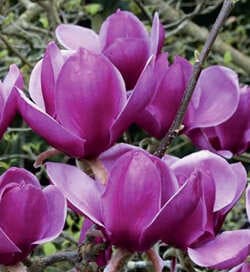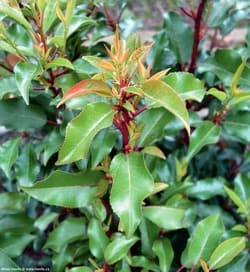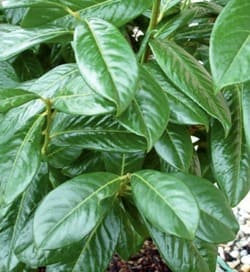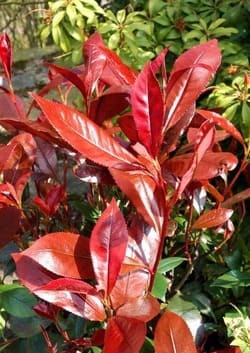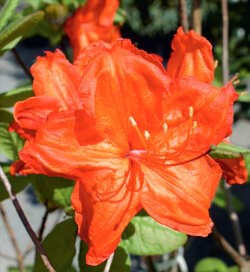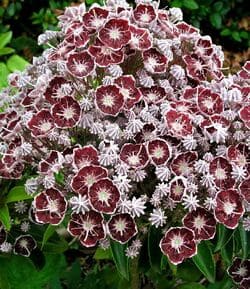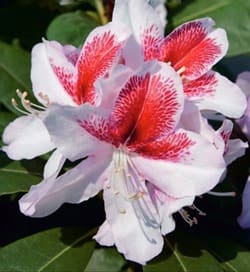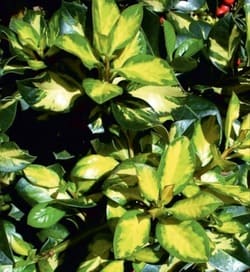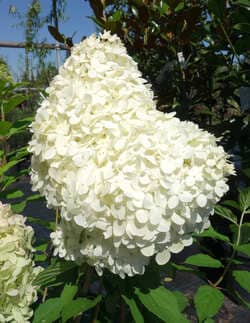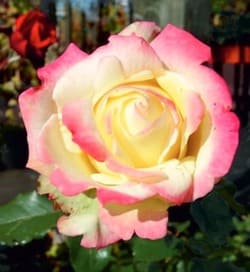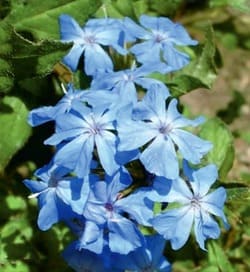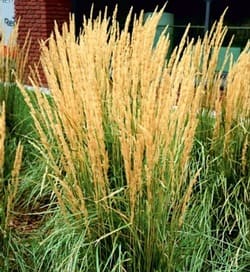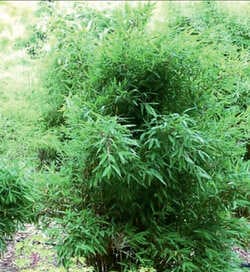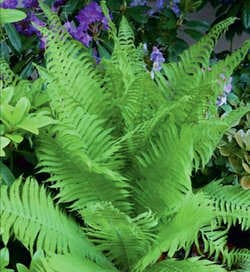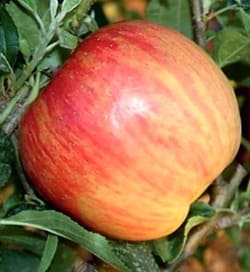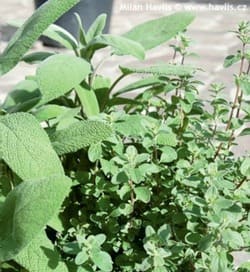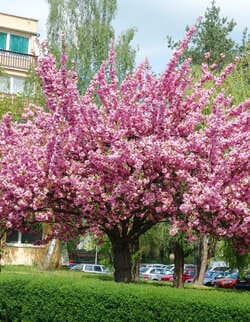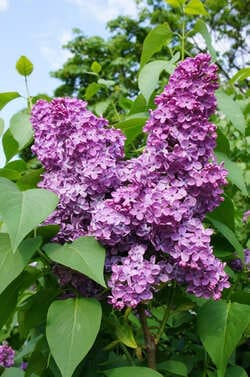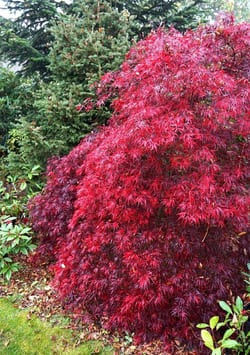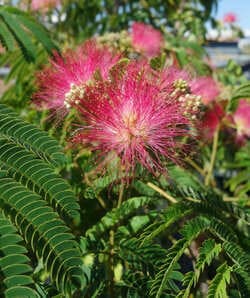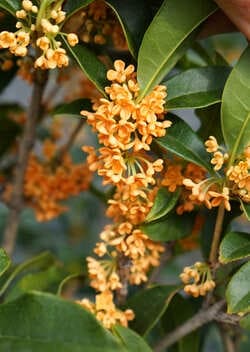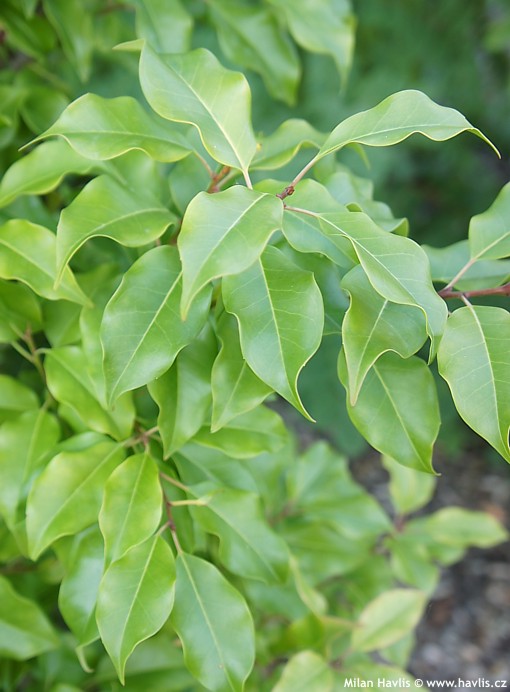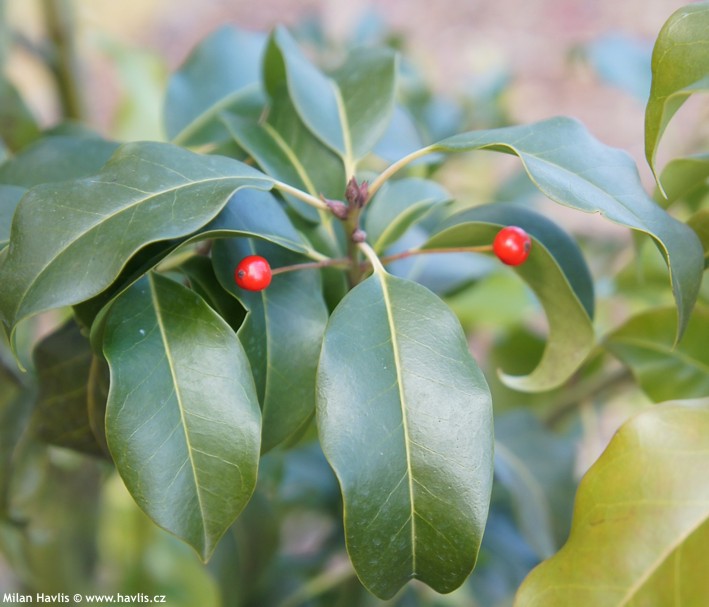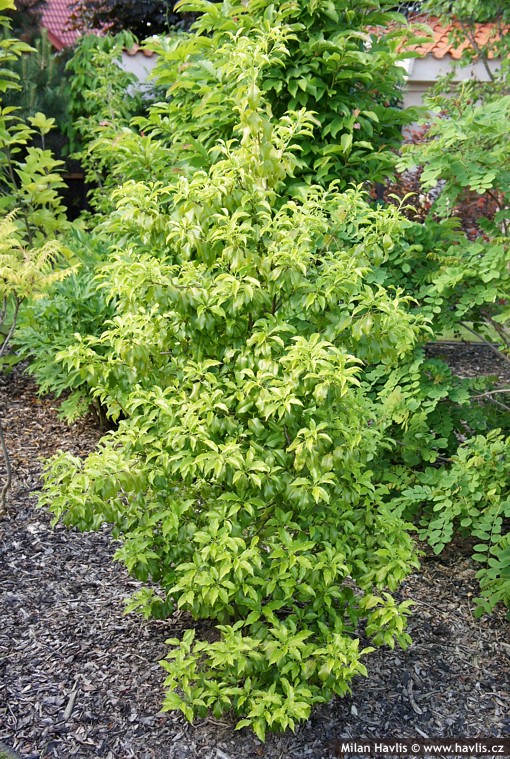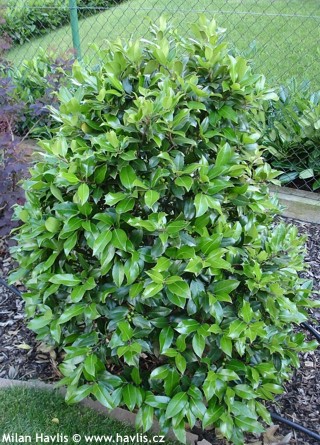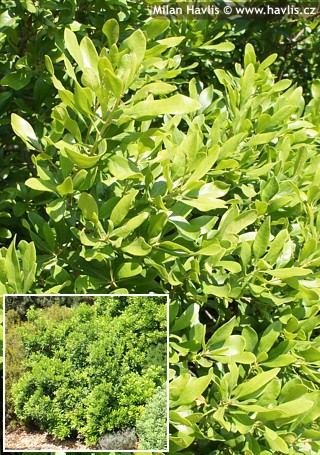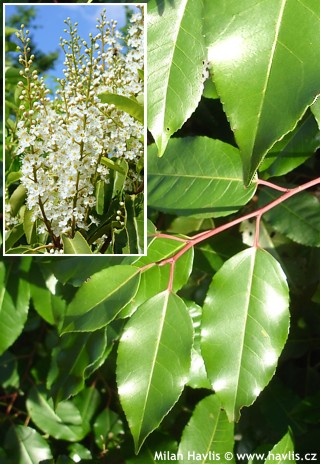Ilex pedunculosa long-stalk holly
Being addicted to special and rare plants I could not miss this unique holly which comes from the USA and is extremely hard to find in Europe. I cannot figure out why knowing that it proves to be one of the hardiest and at the same time utterly beautiful evergreen plants.
Long-stalk holly is a spineless holly whose leaves are entire, which means they have soft margins with no spines at all. More than a holly this plant looks like a subtropical ficus benjamina. The leaves are evergreen and pendent which gives the plant a very relaxed appearance. That is why landscape designers love to use it in gardens where relaxed and slightly exotic look are key features. Their colour is rich green with some bronze purple and shades in winter. In early summer the plant produces tiny white flowers on long stalks which are followed by small, vivid red, spherical fruit that looks like dwarf bird cherries.
It grows rather fast making anything from 30 cm to 1 meter per year and forming a bushy shrub some 4m tall and 2m wide in our climate. It needs very fertile and well-drained soil, preferably acidic to ensure deep green colour of its leaves. Pruning and shaping is possible in mid spring after danger of all frosts, or in early summer. In most encyclopedias you will find it rated hardy to USDA zone 5 (-29°C) which is amazing, and so far we have tested its hardiness down to -25°C without a single burnt leaf. It even withstood a bad winter and spring 2011/2012 with any damage at all. All these features make long-stalk holly an ideal evergreen plant for our climate, however, it is very difficult to source and yet its price reflects that.
Long-stalk holly was first described by a Dutch Botanist Friedrich Anton Wilhelm Miquel in 1868 as native plant naturally occurring in elevated parts of Japan, Taiwan, and China. 24 years later a plant enthusiast and collector Charles Sprague Sargent made a trip to Asia and found them growing wild as well as cultivated in front of local inns as he passed his journey from Kyoto to Tokyo. He admired its beauty and toughness and in order to gain it for his collection he hired Ernest H. Wilson, now a well-know British plant explorer, who got some seeds and sent them from China to the USA in 1907. There was a great chance of survival in cold Boston winters as in Japan the plant originally grew in areas with excess winter cold. The US tests were a huge success and long-stalk holly found its way to many US arboretums as well as some private collections. Regretfully, somehow it did not hit the best timing for commercial growing and its cultivation was almost non existent. Now in the new millennium some nurseries find themselves unwilling to concentrate only on hybridizing new crosses. Quite the contrary - they go back to the roots and try to reinstate the charm of some of the original species that once proved their qualities. So let’s hope that long-stalk holly will become one of the leading trouble-free holly species in the market.
Last update: 01-06-2011; 23-09-2012; 15-10-2012
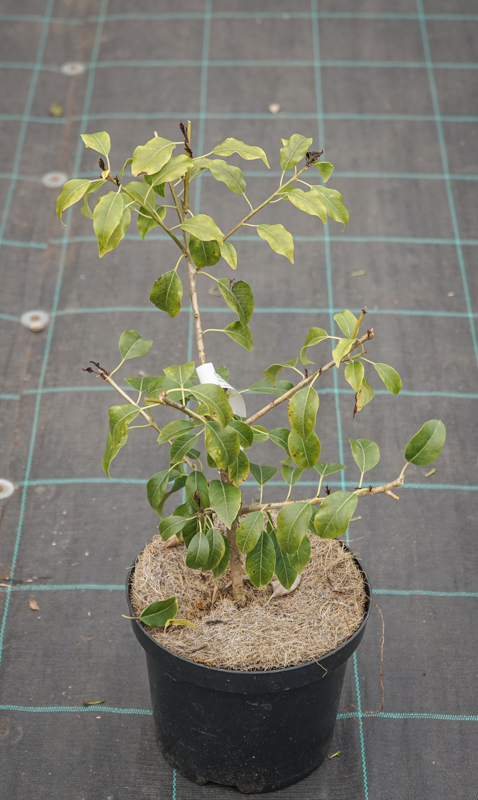
1 377 Kè

1 377 Kè
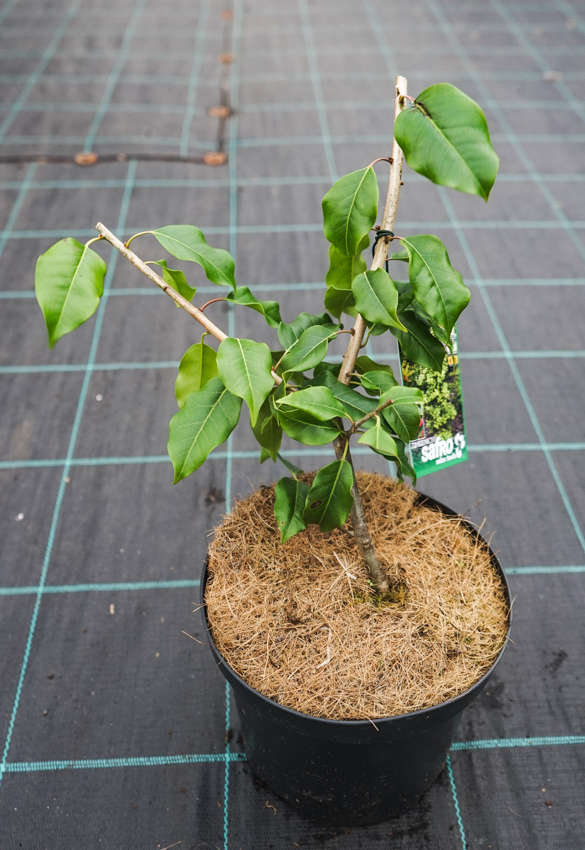
1 377 Kè

1 377 Kè
Goods are shipped all over Europe. For Russia and U.K. and for further details please read about SHIPPING OPTIONS HERE.
Are you interested in a serious discount for orders NOV-FEB? Check your options here.
THE PRICES INCLUDE VAT of 15%. For quick conversion you can use 1 CZK = approx. 0.04 EUR
- STANDARD QUALITY - Plants of this group are 1st class quality with number of branches and overall density adequate to their size and age, considering they were container grown.
- DE LUXE QUALITY - This label guarantees a luxurious quality of manually selected plants that, compared to their height and age, are exceptionally dense and beautiful.
- EXTRA - These plants are usually mature and bigger specimens with exceptional overall appearance.
- STANDARD (as described in the plant form) means a tree with a trunk of 190-210 cm and a crown at the top, unless specified differently. The commercial size for trees is their girth measured in the height of 1m from ground.
- HOBBY - These plants are of the same quality as our standard-quality plants but younger and therefore cheaper.
- SHRUB - a woody plant with branches growing bushy from the ground level.
- HALF-STANDARD or MINI-STANDARD - a small tree with shorter trunk, its size is usually specified.
- FEATHERED - These are trees with branches growing already from the base of the trunk and up along the stem.
- GRASSES and PERENNIALS - Sizes given usually read the diameter of the pot or the clump, as specified.






